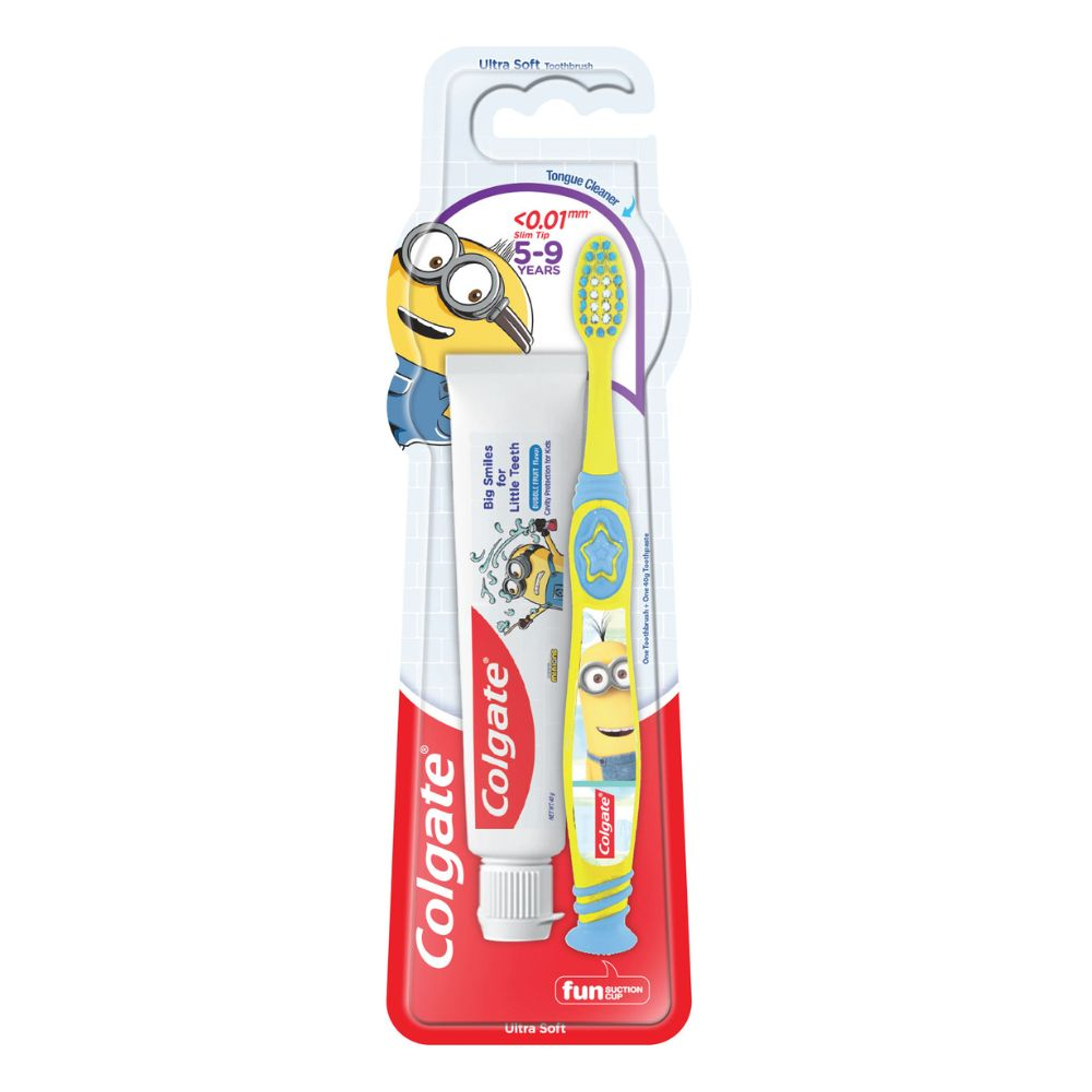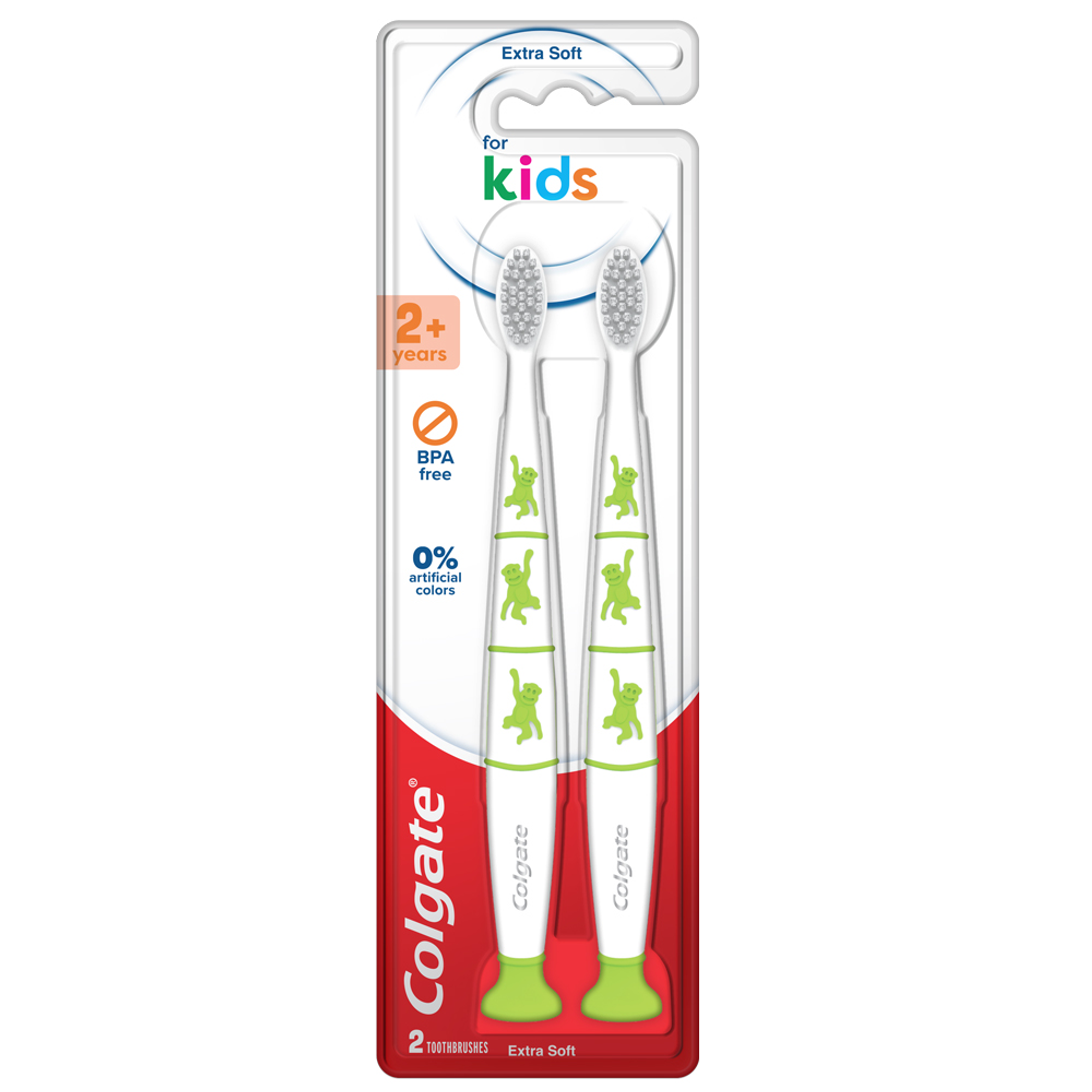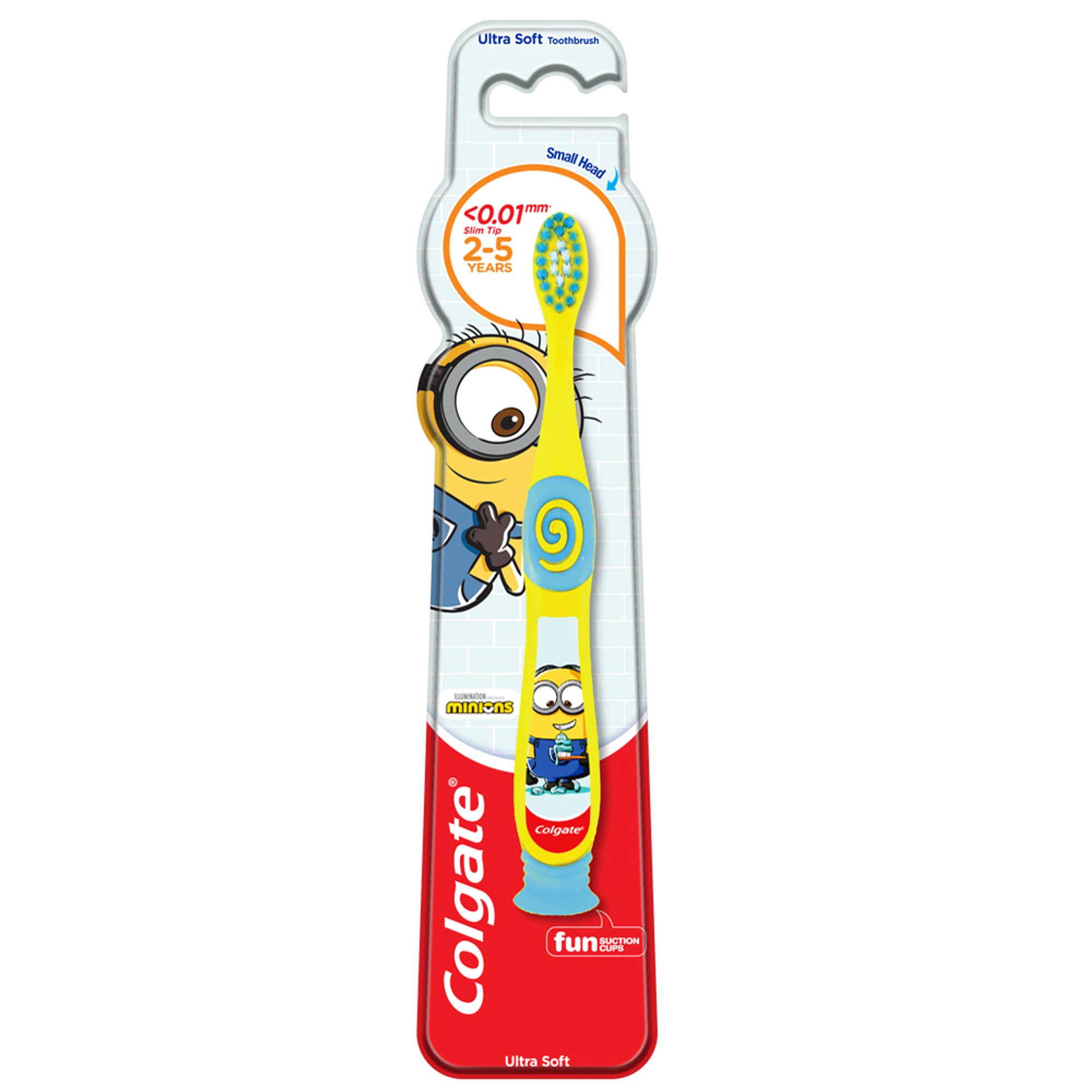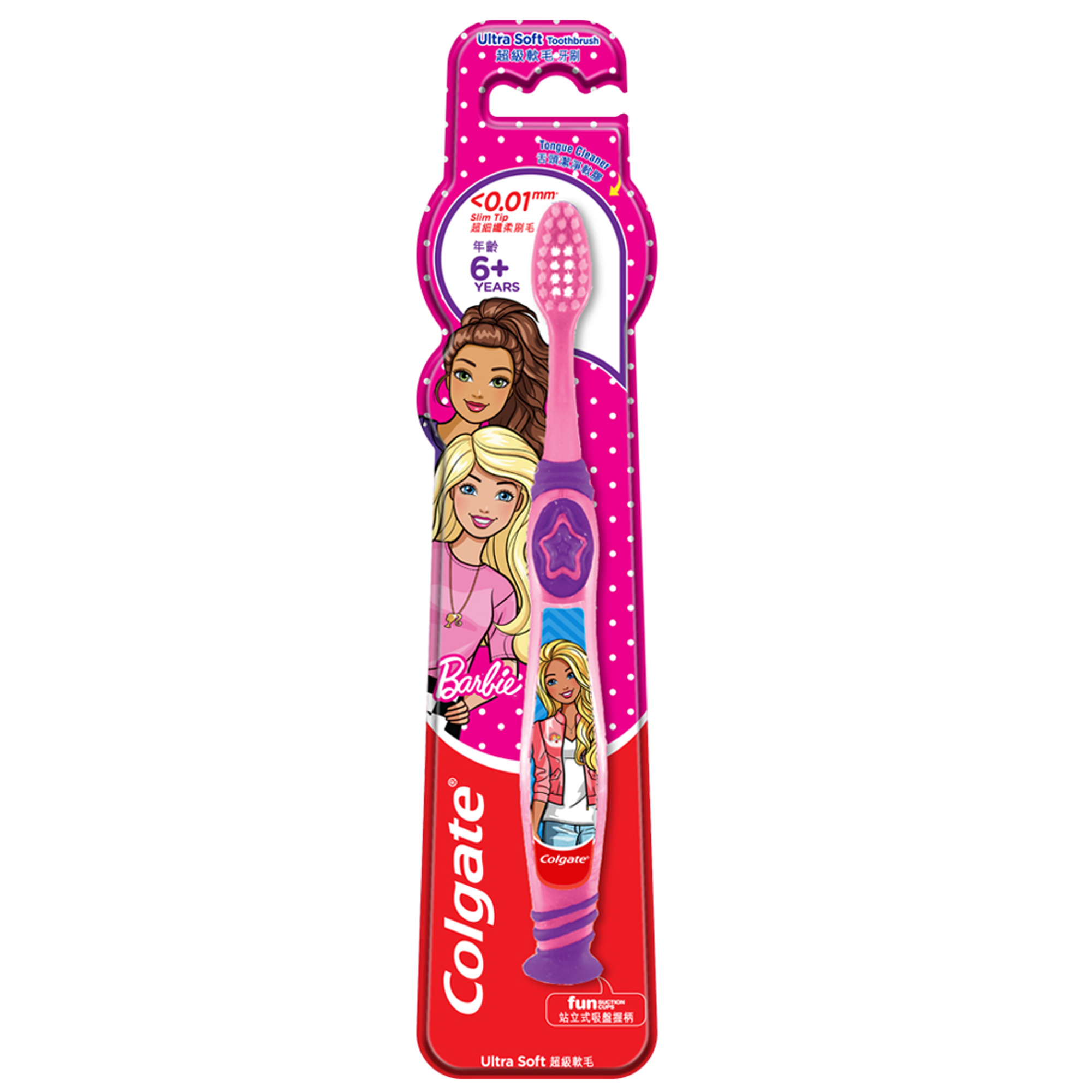-
-

FLUORIDE
Discover how stannous fluoride toothpaste prevents cavities and other oral health issues. Learn the key benefits of fluoride for teeth and its best uses.Fluoride plays a vital role in oral healthcare...

TEETH WHITENING
Teeth Whitening Serum for a Brighter, Confident SmileWho does not want whiter and brighter teeth? Thanks to the many teeth-whitening products available today...
-
Science & Innovation
- Colgate® | Toothpaste, Toothbrushes & Oral Care Resources
- Oral Health
- How to Assemble a Tooth Fairy Kit


One of the best parts of being a parent is playing the role of Santa, the Easter Bunny and, of course, the tooth fairy. But unlike Christmas and Easter, the tooth fairy is called to duty at unpredictable moments. So how do you stay prepared? Assemble a tooth fairy kit. Here's how.
When Will I Play the Tooth Fairy?
You won't need your tooth fairy supplies until your child starts losing teeth. For most children, that will happen around age six. According to the American Dental Association, your child will probably lose the small incisors first. Those are the teeth at the front of your child's mouth on the upper and lower sections. After that, they will lose the canines in the middle and the molars near the back.
Of course, your child may no longer believe in the tooth fairy by the time he or she loses those last teeth. Many children still have primary teeth at age eleven or twelve. But save the tooth fairy kit for your younger child or as a keepsake to pass on to grandchildren.
What to Put in My Tooth Fairy Kit?
A well-prepared kit will save you from running frantic errands when your child loses a tooth. To be fully equipped, have these items on hand:
- Small bills: According to a recent report in the Los Angeles Times, payments from the tooth fairy have gone up in recent years. But that doesn't mean you have to break the bank to surprise your child. The source claims that the average payment is now $2.42 USD up from $2.10 USD
in 2011. Have small bills and coins on hand so that you don't have to overpay because you're unprepared. - Floss dispenser: Get creative and give more than just money. Your young child will love to find a playful floss dispenser under his pillow. It might just inspire your child to floss more often. Add a new toothbrush for more fun.
- Tooth-shaped award: Use a tooth-shaped cookie cutter to create a Happy Mouth Award. Compliment your little one on some part of their dental routine that he does particularly well. You'll put a smile on your child's face, and if he thinks that the tooth fairy is watching, he'll be more likely to put more time and effort into his teeth on a daily basis.
- Colorful notepaper and pen: Write a short note on colorful paper and set a new dental hygiene goal for your child. For example, maybe he needs to spend more time brushing the back of his mouth. Write a personal note from the tooth fairy with instructions for how to do a better job. Make it helpful but positive.
If you're prepared with a good tooth fairy kit, you can use this special opportunity to put a smile on your child's face and to keep that smile healthy for years to come.
Related Products

Helping dental professionals
More professionals across the world trust Colgate. Find resources, products, and information to give your patients a healthier future











